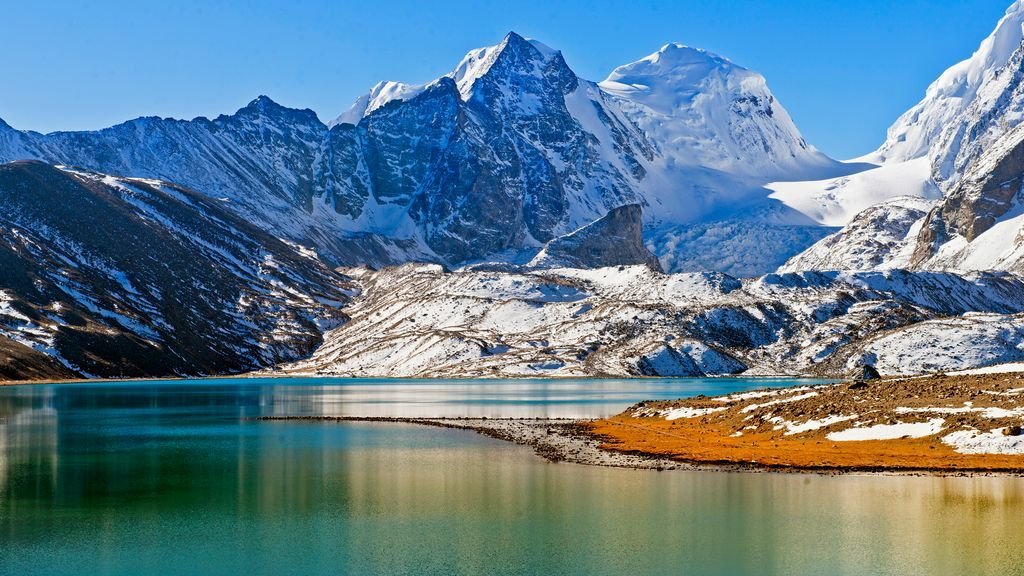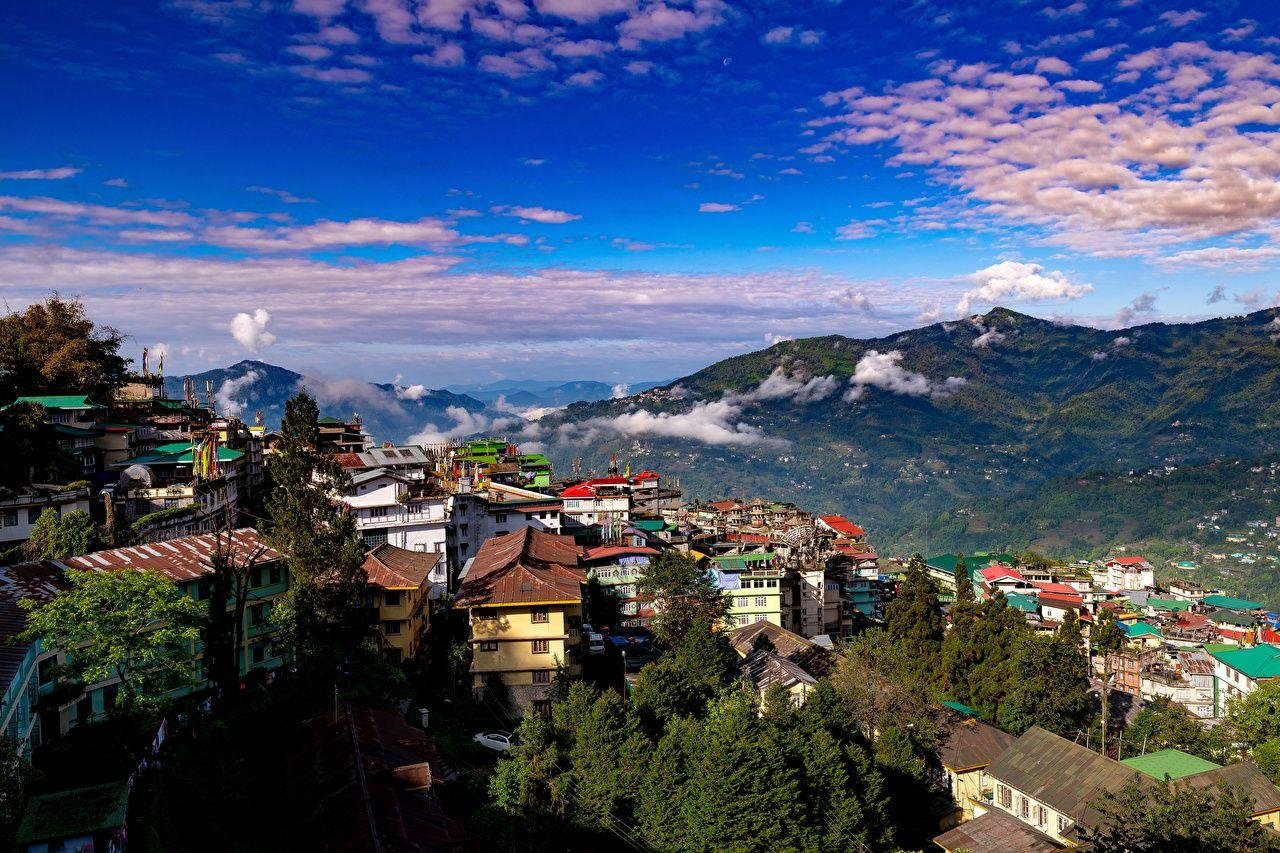India Tourism represents more than sightseeing. It’s an experience of centuries-old civilizations, living traditions, spiritual rhythms, colorful streets, and unmatched geographical diversity. Whether you’re in the heart of Rajasthan’s deserts or sipping tea in a Himalayan village, India doesn’t just show you places—it pulls you into its living story.
This content is designed for anyone curious about India Tourism, including international travelers, domestic vacationers, backpackers, spiritual seekers, and families seeking meaning and variety in one journey.
The Soul of India Tourism: Culture That Moves With Time
What sets India Tourism apart is its vibrant, layered culture. No two regions look or feel the same. From the Mughal architecture in Delhi and the Rajput palaces in Jaipur to the colonial lanes of Pondicherry and French-speaking towns, the variety is immense.
In the South, you’ll see temples with intricate carvings that reflect not just religious depth but architectural mastery. Tamil Nadu, Karnataka, and Kerala carry stories written in stone and sung in rituals.
In the North, the Himalayas aren’t just mountains—they are home to monasteries, yoga retreats, and silent villages that invite introspection. Ladakh, Dharamshala, and Rishikesh have become important chapters in India Tourism because they offer internal journeys as much as external ones.
Local Markets, Street Food, and Daily Life
If you really want to understand India Tourism, go beyond monuments. Spend time in a local market. Cities like Varanasi, Kolkata, and Ahmedabad buzz with daily trade, street vendors, and smells that linger in memory—masala chai, fried snacks, jasmine flowers, and fresh spices.
Food is a major character in the India Tourism story. It’s not about fancy restaurants. It’s about eating dosa on banana leaves in the South, gorging on pav bhaji in Mumbai, biting into a crisp kachori in Rajasthan, or sipping sugarcane juice from a roadside stall.
Every region offers a completely different taste. Punjab serves buttery curries. Bengal blends mustard and fish. Kerala cooks with coconut and curry leaves. Food is not just nourishment here—it’s storytelling.
Festivals and Rituals That Add Color to India Tourism
India is home to more than thirty major festivals, celebrated by different religions, tribes, and communities. Holi, Diwali, Eid, Navratri, Pongal, and Bihu are not just holidays—they are full-scale cultural productions.
For India Tourism, these festivals are not just events—they’re experiences. Streets are transformed. Temples, mosques, and homes light up. Folk performances, parades, and age-old traditions come alive. Travelers often plan their visits around festivals because this is when India feels most alive.
Don’t just take photos—ask questions, wear the local attire, join a puja or prayer, taste festival food. These moments will give your journey depth.
Wildlife and Nature: India Tourism Beyond Cities
Beyond its temples and cities, India is deeply rooted in nature. India Tourism includes over 100 national parks and more than 500 wildlife sanctuaries. Tigers, elephants, leopards, rhinos, and birds live in protected areas like Ranthambore, Kaziranga, Jim Corbett, and Periyar.
Eco-tourism is now a serious part of India Tourism. States like Uttarakhand, Sikkim, and Kerala promote homestays near forest reserves where you can hike, birdwatch, and interact with tribal communities who have lived close to nature for generations.
There’s also the western desert, the northeastern rainforests, the Deccan Plateau, and the coastal backwaters. Nature lovers, photographers, and slow travelers often prefer these regions over crowded cities.
Spiritual Tourism: Pilgrimage Meets Personal Transformation
India Tourism isn’t complete without its spiritual dimension. People don’t just visit India—they come looking for answers. And they often find them in places like Varanasi, Rishikesh, Bodh Gaya, and Tirupati.
From Buddhist monasteries in Sikkim to Sikh gurudwaras in Punjab, Islamic shrines in Ajmer, and temples in Tamil Nadu, there’s spiritual energy across the country.
India also offers unique spiritual experiences like the Kumbh Mela, which is the largest peaceful human gathering in the world, held every twelve years at different riverside cities. For many travelers, the rituals, mantras, and deep silences found here leave lasting impact.
India Tourism for History Buffs and Architecture Fans
India has seen the rise and fall of empires, the spread of religions, and the blending of artistic traditions. That’s why history and architecture are central to India Tourism.
Agra’s Taj Mahal may be world-famous, but it’s only one among many. There are entire ruined cities like Hampi, ancient stepwells in Gujarat, forts in Rajasthan, rock-cut caves in Maharashtra, and churches in Goa that date back to Portuguese times.
Archaeological sites like Sanchi Stupa, Mahabalipuram, and Konark Sun Temple are part of world heritage. For travelers who enjoy ruins and stories, India is an open-air museum waiting to be understood.
Modern India: Technology, Art, and Urban Life
India Tourism isn’t just about the past. It’s also about now.
Cities like Bengaluru, Hyderabad, and Pune showcase the country’s tech-forward, youthful side. Art galleries, co-working cafes, music festivals, and street murals are thriving.
There are also modern attractions like the Statue of Unity in Gujarat (taller than the Statue of Liberty), the Yamuna Expressway for road trips, and world-class airports that connect even remote towns to international routes.
India’s modern cities are not always touristy, but they’re worth visiting if you want to understand how the country is evolving.
Indian Railways: The Spine of India Tourism
One of the most fascinating parts of India Tourism is the railway system. With over 60,000 kilometers of track, it’s the fourth-largest in the world.
A train ride is a cultural experience—vendors selling chai, families sharing food, scenic views of rivers and farms, and unexpected conversations. There are luxury trains like Palace on Wheels, heritage trains like Darjeeling’s toy train, and ordinary passenger trains that carry millions daily.
If you want to see India as it really is, get a window seat on a train.
Beaches, Islands, and India Tourism for Sea Lovers
India is not just temples and hills. Its 7,500 km coastline includes golden beaches, fishing villages, and island paradises.
Goa is known for nightlife, but its Portuguese churches and spice plantations are also part of the story. In Kerala, the coast meets lagoons and canals in places like Alleppey and Kollam.
For quiet, head to Andaman & Nicobar Islands or the Lakshadweep group. These islands are part of India Tourism for those who enjoy diving, snorkeling, or simply walking on untouched sand.
India Tourism and Regional Diversity
India is a union of 28 states and 8 union territories. Each one has its own language, cuisine, dress, music, and customs. It’s like visiting a new country every 500 kilometers.
For example:
- Rajasthan gives you palaces, camels, and colors.
- Kerala offers backwaters, Ayurveda, and Kathakali dance.
- Sikkim shows you snow peaks and Buddhist chants.
- Gujarat surprises with salt deserts and tribal embroidery.
India Tourism benefits from this range. You don’t just travel in space—you travel through layers of identity.
Responsible India Tourism: Local Impact Matters
More travelers now care about their impact. India Tourism has adapted by promoting homestays, waste-free treks, community-based travel, and preservation of heritage sites.
Support artisans, eat at local-run dhabas, and stay in eco-resorts. India is more than a destination—it’s a place to contribute meaningfully.
This is especially important in over-touristed regions like Manali, Goa, and Agra, where seasonal influx strains resources. Conscious tourism ensures that future generations will enjoy the same magic.
Final Thoughts on India Tourism
India Tourism is not about ticking places off a list. It’s about entering a country that is still writing its story—with all its chaos, calm, contradictions, and beauty.
No guidebook can fully prepare you. No camera can fully capture it. You come here to feel, to learn, and sometimes, to change. And when you leave, you carry part of India with you—on your skin, in your heart, and deep in your memory.
If you’re looking for a journey that goes beyond surface-level sightseeing, India Tourism offers that and more.








Leave a Reply